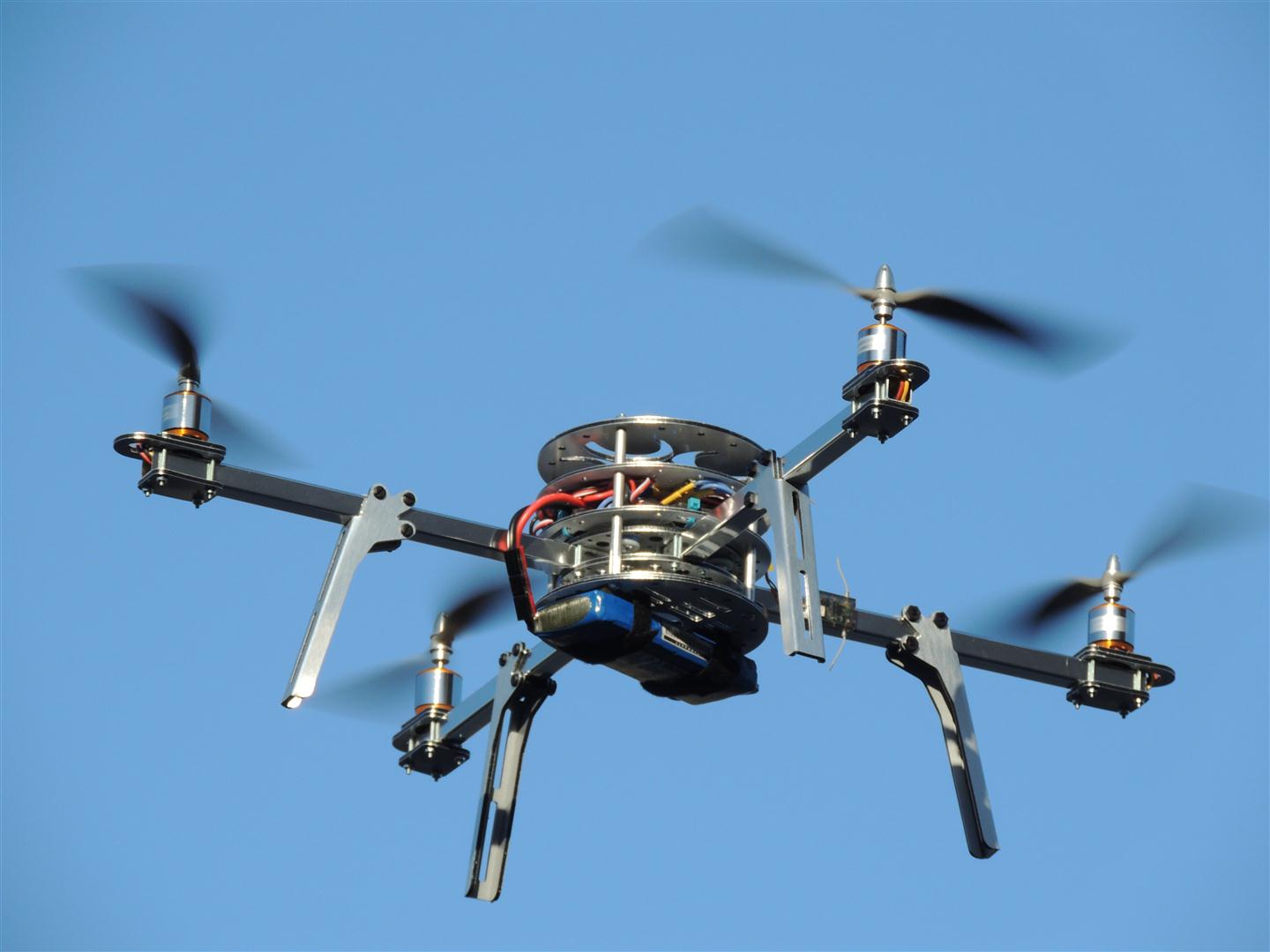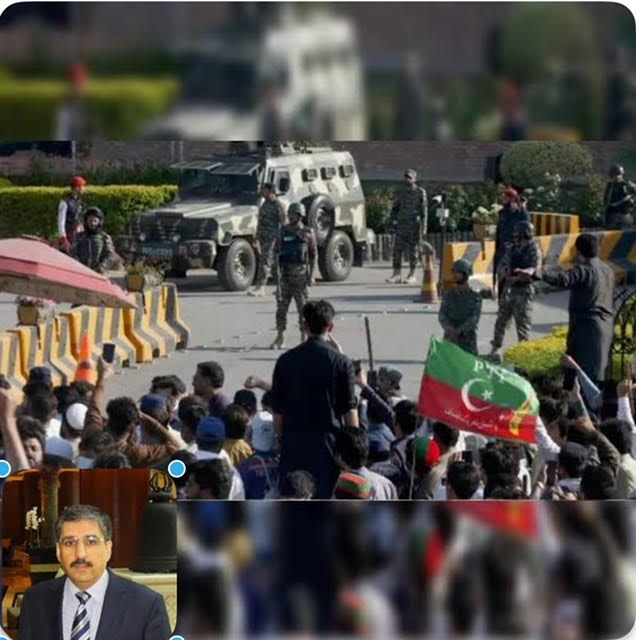Dr. Naveed Elahi
Last week, a quadcopter operated by Pakistan’s security forces targeted militant hideouts in Tirah, resulting in at least 15 suspected militants being injured. This successful strike occurred in the hilly terrain of Peer Mela locality, where militants affiliated with the proscribed Tehreek-e-Taliban Pakistan (TTP) and Lashkar-e-Islam (LI) had recently established their bases. Since 2011, TTP, LI, and other militant groups have operated in this area, often engaging in conflicts with one another and with security forces. These hostilities led to the displacement of over one million people from their homes.
After 2014, security operations successfully purged these groups from the area, allowing people to slowly return to their homes. However, since 2021, these militant groups have regained a foothold in the mountainous region. The militants shared videos of their infiltration, and local residents complained about the presence of a large number of militants, particularly in areas bordering the Orakzai district. In response, security forces took notice and initiated intelligence-based operations in the third week of August.
The militants take advantage of the mountainous terrain to hide and operate from remote, trackless areas. Regions like these, especially those near the Afghanistan border, have become critical battlegrounds in the country’s anti-terrorism operations. The complex terrain and harsh natural conditions create significant challenges for counter-terrorism efforts. It seems that drones and Unmanned Aerial Vehicles (UAVs) can play an increasingly important role in mountain counter-terrorism operations.
In September 2015, at least three suspected militants were killed, and a militant hideout was destroyed in the Shawal Valley of North Waziristan during the first-ever airstrike by a Pakistan-made drone, “Burraq.” This armed drone was used for the first time since its development in November 2013.
Pakistan already operates several types of unarmed surveillance drones, but ‘Burraq’ and ‘Shahpar’ were the first surveillance drones developed locally. ‘Burraq’ was developed alongside ‘Shahpar’ in cooperation with the National Engineering and Scientific Commission (NESCOM), a civilian-controlled Pakistani scientific research organization.
On March 14, 2015, the Pakistan Army tested the ‘Burraq’ drone armed with a laser-guided ‘Barq’ missile for the first time. Both the Burraq drone and Barq missile, according to the army, have been indigenously developed.
For intelligence based operations (IBOs), quadcopters should be deployed for continuous surveillance of key areas where militants are suspected to be hiding. Their ability to hover over remote and inaccessible areas makes them ideal for gathering real-time intelligence.
Equipping quadcopters with night vision and thermal cameras can improve their ability to detect militants who often use the cover of darkness or foliage to hide. Thermal imaging can track body heat signatures, even in dense forest or rocky terrain.
In Pakistan the US Drones were despised because of collateral damage and killing of innocent people. Quadcopters, armed with precision-guided munitions, such as small missiles or laser-guided bombs, can be used to conduct highly targeted strikes, minimizing collateral damage in the rugged terrain.
The use of armed quadcopters allows for quick strikes as soon as militants are detected, reducing the risk of them escaping to more inaccessible areas. They can be chased inside Afghanistan where they have their hideouts. For transborder operations, quadcopters should be integrated into broader military operations to act as eyes in the sky for ground forces. This coordination will allow ground troops to navigate difficult terrain more effectively and engage militants with better precision. They can provide live feeds to command centers and ground units, allowing for real-time decisions and dynamic adaptation of strategies based on updated intelligence.
It is dangerous, tiring and at times counterproductive to send in troops in difficult mountainous terrains. Advance surveillance is even more difficult. Quadcopters equipped with high-resolution cameras and LIDAR technology can create detailed 3D maps of the mountainous areas. This data will help identify caves, hideouts, and other potential militant strongholds that may not be visible from traditional surveillance methods.
Quadcopters can fly at varying altitudes to adapt to the diverse terrain. Low-altitude flying will allow closer inspections of suspected hideouts, while higher altitudes can give a broader overview of enemy movements. Equipping quadcopters with low-noise motors and radar-absorbing materials can help avoid early detection by militants. Silent quadcopters will allow for more effective reconnaissance and surprise strikes.
Quadcopters should be designed to operate in harsh weather conditions, including rain, wind, and snow, which are common in mountainous regions of KP and Balochistan. This will ensure that missions can proceed uninterrupted in all seasons. Long-lasting batteries or solar-charging capabilities can help extend mission time, particularly in areas where logistics for frequent retrieval are challenging.
On the other hand, it is important to consider that terrorist groups have already started using aerial drones to conduct and coordinate attacks. The Islamic State used drones during military operations in Mosul. In 2013, a planned attack by Al-Qaeda in Pakistan involving multiple drones was foiled by local law enforcement. There are reports that the Balochistan Liberation Army (BLA) has recruited tech-savvy youth for intelligence gathering and sophisticated operations. They may be planning to use drones to collect intelligence or carry out terrorist attacks in Karachi, Quetta, and other areas.
There is a need to invest in technologies that can detect, intercept, and neutralize hostile drones, such as jamming devices, laser systems, or drone-capturing nets.
Secondly, enhance intelligence networks to identify potential drone threats by monitoring recruitment trends, particularly of tech-savvy individuals, and intercepting communication regarding drone usage.
Thirdly, implement comprehensive surveillance systems in vulnerable areas like Karachi and Quetta to track drone activity, using both radar and visual monitoring to detect unauthorized drone flights.
Fourthly, provide specialized training to security forces including police, on how to counter drones, including strategies for identifying drone threats and engaging with hostile drones in urban and conflict zones.
With the introduction of drones, quadcopters, and cyberwarfare, the nature and intensity of asymmetrical warfare have fundamentally changed. It is crucial to take swift and comprehensive measures to equip, train, and prepare ourselves to confront these emerging threats effectively.
The author is the Chief Editor of The Strategic Brief




Informative and real facts